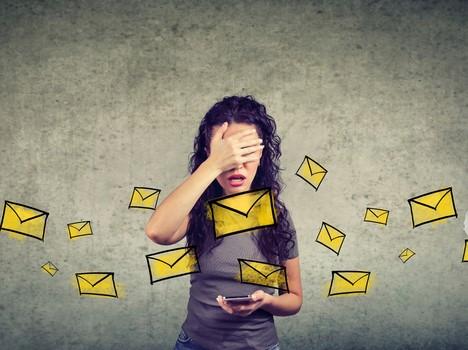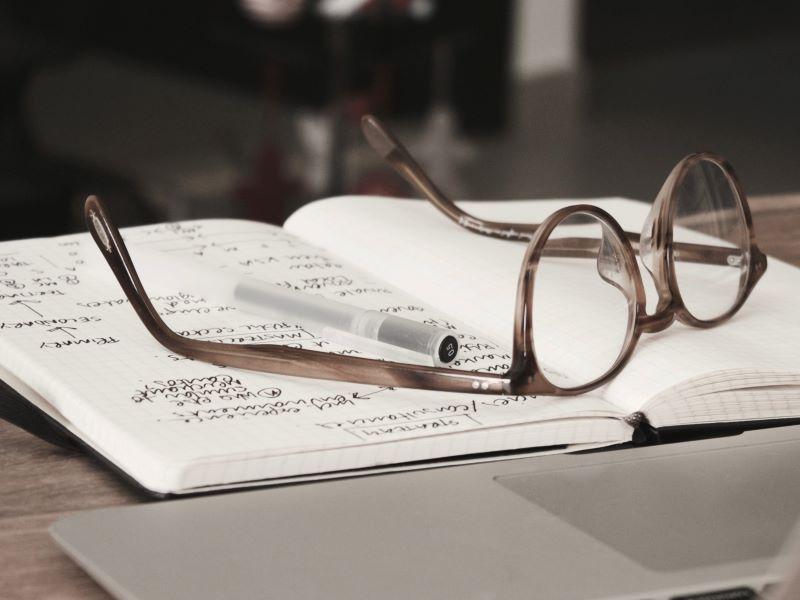Starting and ending our working day by checking our inboxes has become a frequent practice in our increasingly digital world. According to a 2019 study published by the Radicati Group, 121 emails are sent and received per day, per person, in the business world, and this figure continues to grow. This article presents tips for effectively managing your email and other communication applications to organise your separate roles as a teacher, professional and individual.
1. Clean up your inbox
When we have a saturated inbox, it’s not as easy to follow up on new emails or those previously left pending. Although most email applications include a filter to sort new emails by date, we recommend manually filtering out each new message you receive, read and deal with, as well as instantly removing those that are of no interest. The less full your inbox becomes, the less daunting the task of “getting through” your emails.
2. Organise your inbox with folders and flags
Check the configuration of your email application so you can label your messages with “flags” by subject or topic; this will make it easier to keep track at a glance, prioritise and follow up accordingly. Use folders to organise your messages but be careful managing them – you certainly want to avoid having folders that make it difficult for you to decide where to file the message. You want at least two folders: the “read” folder and the “to follow up” folder. Depending on your functions, also consider folders sorted by time period, senders or subjects.
3. Eliminate subscriptions that are not of interest to you
Many websites ask for your email address in order to give you access. But by giving them this info, you often allow them to bombard you with information that is not always important or relevant to your work. Analyse the sites you’re subscribed to, delete the subscriptions you aren’t interested in and add the sender to the junk folder to prevent them continuing to clutter your inbox. In the case of sites of personal interest, use another email account to avoid mixing them with work information.
4. Use the institutional chat or instant messaging service
Most organisations now have platforms that include an instant messaging service, such as Microsoft Teams, Slack or others. It’s well worth using them to unburden your email. Also, consider if the emails you send require a response that could end up in endless replies in more of a conversation-style exchange. When you have a short announcement to a large audience that does not require a response or action, opt for the group chat message – where you get reactions rather than unnecessary emails.
5. Don’t overload yourself with communication apps
We have many communication apps available to us, such as Microsoft Teams, Slack, WhatsApp, Remind and Telegram. However, just because they are available and free does not mean we should use them all. Use only one application with your colleagues, preferably the institutional one. Do not share the apps you use in your personal life with colleagues to avoid taking work home. Work issues should always be dealt with through institutional means.
6. Select your devices
Think about the devices on which you will install your email and work-related messaging apps. Is it strictly necessary to have them on your phone, tablet and computer? Being able to switch off from work in your personal time is hugely important and not having work-related messages following you around wherever you go is key to that. Use your email application only on your computer, and perhaps smartphone, to ensure better management – although even the latter can become invasive.
7. Include a specific time to check emails in your work agenda
Devote time at the beginning of your work day to review your email, purging what you have already read, sending to folders those that do not require follow-up and using flags with labels to classify your messages. It will also be helpful to close your email application and messaging apps when you need to concentrate on a task or meeting. Some will also allow you to specify being “away” or “in a meeting”, which can be useful for those who feel they always need to respond right away.
8. Be aware of impacts on focus and act accordingly
When you need to concentrate on other activities email is a distraction that will stop you focusing fully. When we receive a message notification we are automatically distracted and often get curious enough to check it. Refocusing will now require you to make a significant effort. So, in addition to closing your email and messaging apps, use a technique such as the pomodoro to create periods of intense concentration.
In the 21st century one of our key responsibilities is managing the communication tools we use with students, colleagues and family. We should all aim to use them properly, keep our inboxes in order and keep messages up to date without losing our heads trying.
Ingrid Benavides is an academic coordinator of educational innovation and digital learning at the Monterrey Institute of Technology, Mexico.
Anahí Molina is a tutor-professor of educational innovation and digital learning at the Monterrey Institute of Technology, Mexico.
If you found this interesting and want advice and insight from academics and university staff delivered direct to your inbox each week, sign up for the THE Campus newsletter.




comment